19 Groundbreaking Discoveries by Women That Were Credited to Men
Because of course they were.
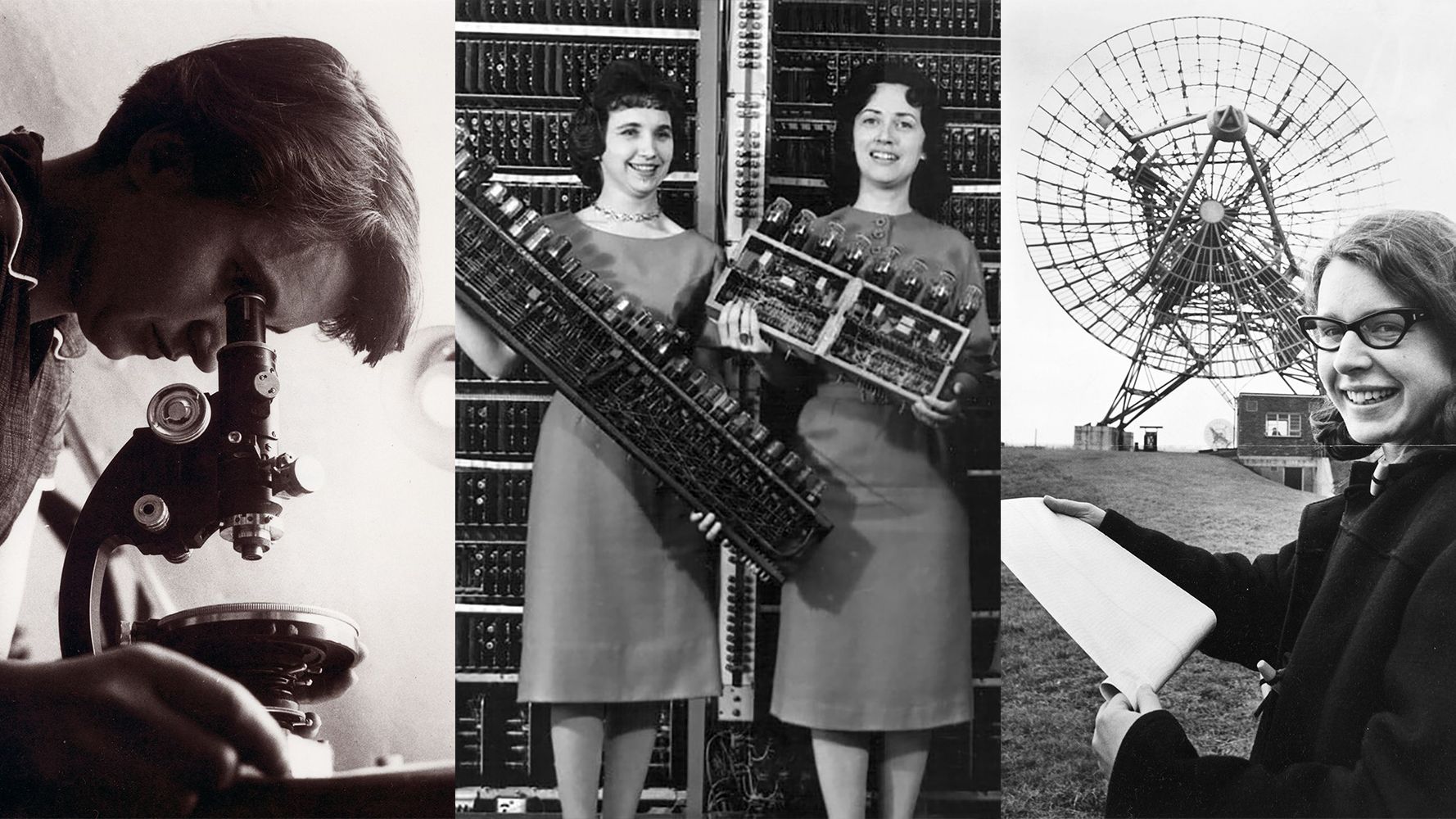

Being a woman can be tough. We make less money, face constant sexism, and have to deal with periods once a month. And on top of that, these women had to deal with getting no credit at all for their hard work—so let's set the record straight once and for all. From WiFi to diapers, it turns out we can thank women for a lot (duh).
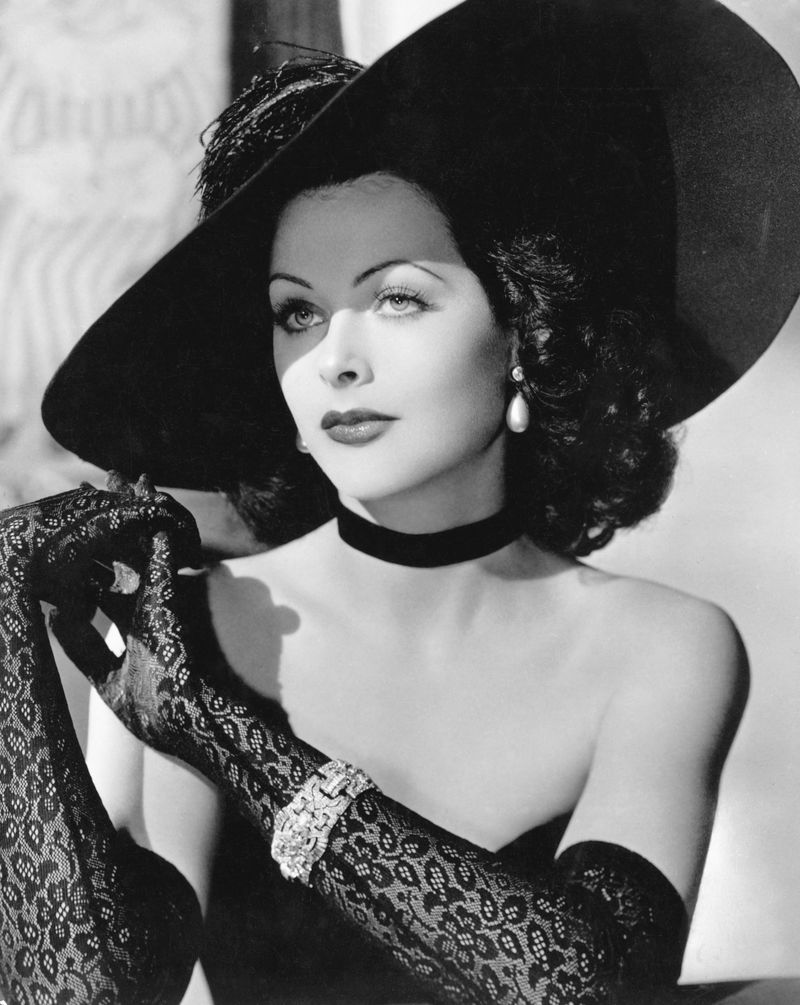
Hedy Lamarr: Wireless Communication
Hollywood actor Hedy Lamarr should actually be the person credited with the invention of wireless communication. During the second World War, Hedy worked closely with George Antheil to develop the idea of "frequency hopping," which would have prevented the bugging of military radios. Unfortunately, the U.S. Navy ignored her patent —and later used her findings to develop new technologies. Years later, her patent was re-discovered by a researcher, which led to Lamarr receiving the Electronic Frontier Foundation Award shortly before her death in 2000.
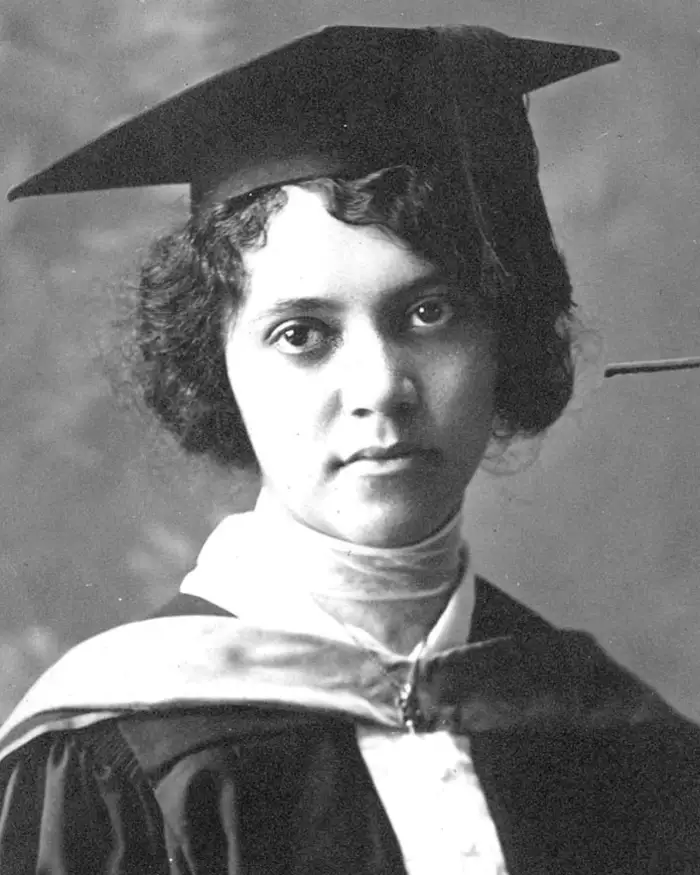
Alice Ball: Cure for Leprosy
Alice Ball was a young chemist at Kalihi Hospital in Hawaii who focused on Hansen's disease, a.k.a. leprosy. Her research sought to find a cure for the disease by figuring out how to inject chaulmoogra oil directly into the bloodstream. Topical treatments worked, but had side effects patients weren't interested in.
Sadly, Ball became sick and returned home, where she died in 1916. Arthur Dean took over her study, and Ball became a memory—until a medical journey now referred to the "Ball Method." Her method was used for over two decades all over the world to cure the disease.
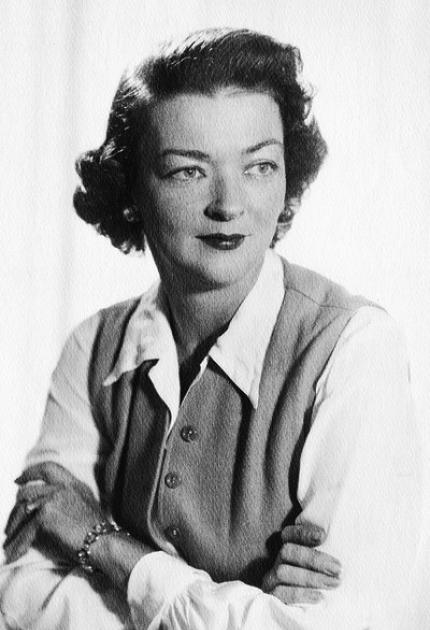
Marion Donovan: Disposable Diapers
In the '40s, new mothers had very few options for diapers. There was cloth...and that was pretty much it. The daughter of an inventor, Marion's first patent was actually for a diaper cover. She later added buttons, eliminating the need for safety pins. Her original disposable diaper was made with shower curtains, with her final one made from nylon parachute cloth. This new method helped keep children and clothes cleaner and dryer, not to mention helping with rashes. But, of course, diaper companies at first ignored her patent.
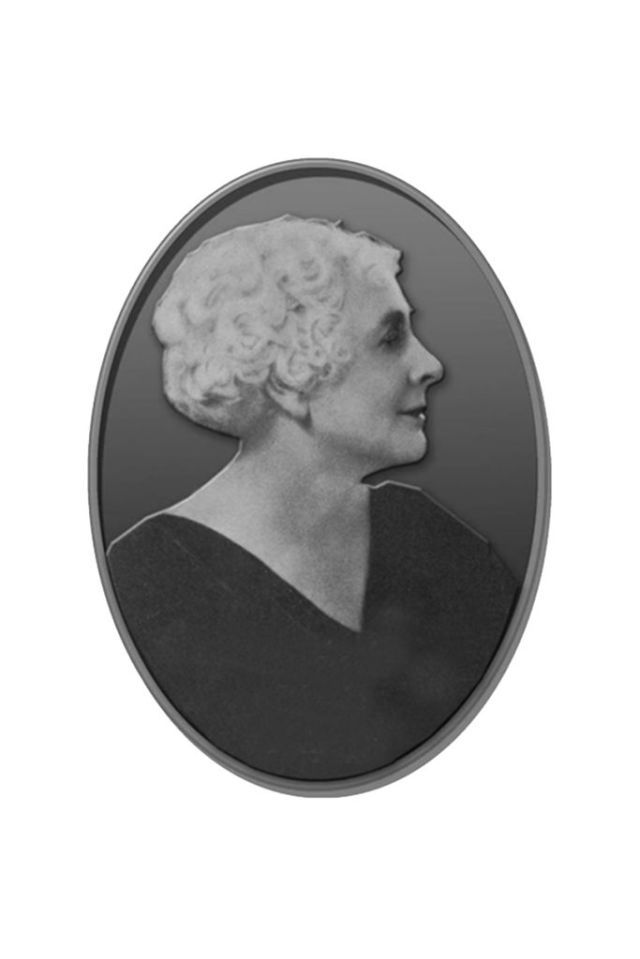
Elizabeth Magie Phillips: Monopoly
The invention of everyone's favorite board game has been credited to Charles Darrow, who sold it to Parker Brothers in 1935. But it was Elizabeth Magie Phillips who came up with the original inspiration, The Landlord's Game, in 1903. Ironically, she designed the game to protest against monopolists like Andrew Carnegie and John D. Rockefeller.
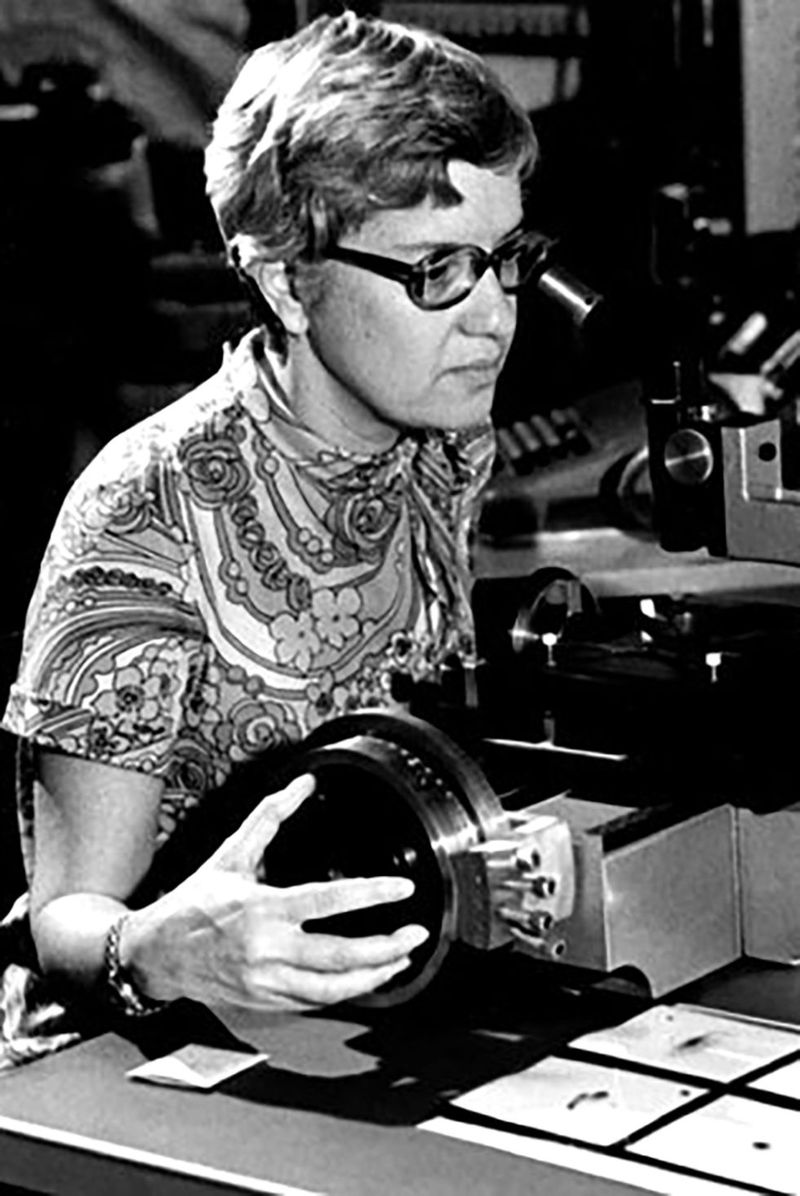
Vera Rubin: Dark Matter
Rubin is the astrophysicist who confirmed the existence of dark matter in the atmosphere. She worked with astronomer Kent Ford in the '60s and '70s, when they discovered the reasoning behind stars' movement outside of the galaxy. She's dubbed a "national treasure" but remains without a Nobel Peace Prize because, well, you can guess why.
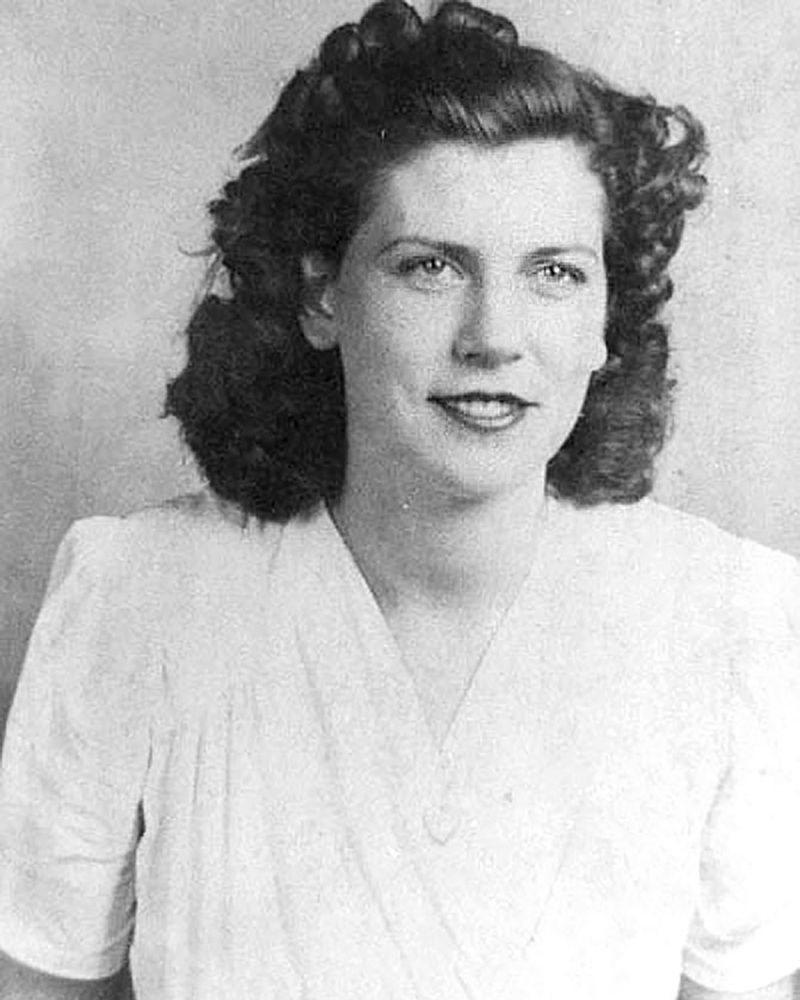
Margaret Knight: Square-Bottomed Paper Bag
In 1868, Knight invented a machine that folded and formed flat, square-bottomed brown paper bags. She built a wooden model of the device, but couldn't apply for a patent until she made an iron model. While the model was being developed in the shop, a man named Charles Annan stole the idea and patented it. Though he received credit for it, Knight filed a lawsuit and finally won the rights to it in 1871.

Dr. Grace Murray Hopper: Computer Programming Language
Hopper created the first computer language compiler tools to program the Harvard Mark I computer—IBM's computer that was often used for World War II efforts. Though it's noted in history that John von Neumann initiated the computer's first program, Hopper is the one who invented the codes to program it. One of the programming languages she pioneered, COBOL, is widely used today.
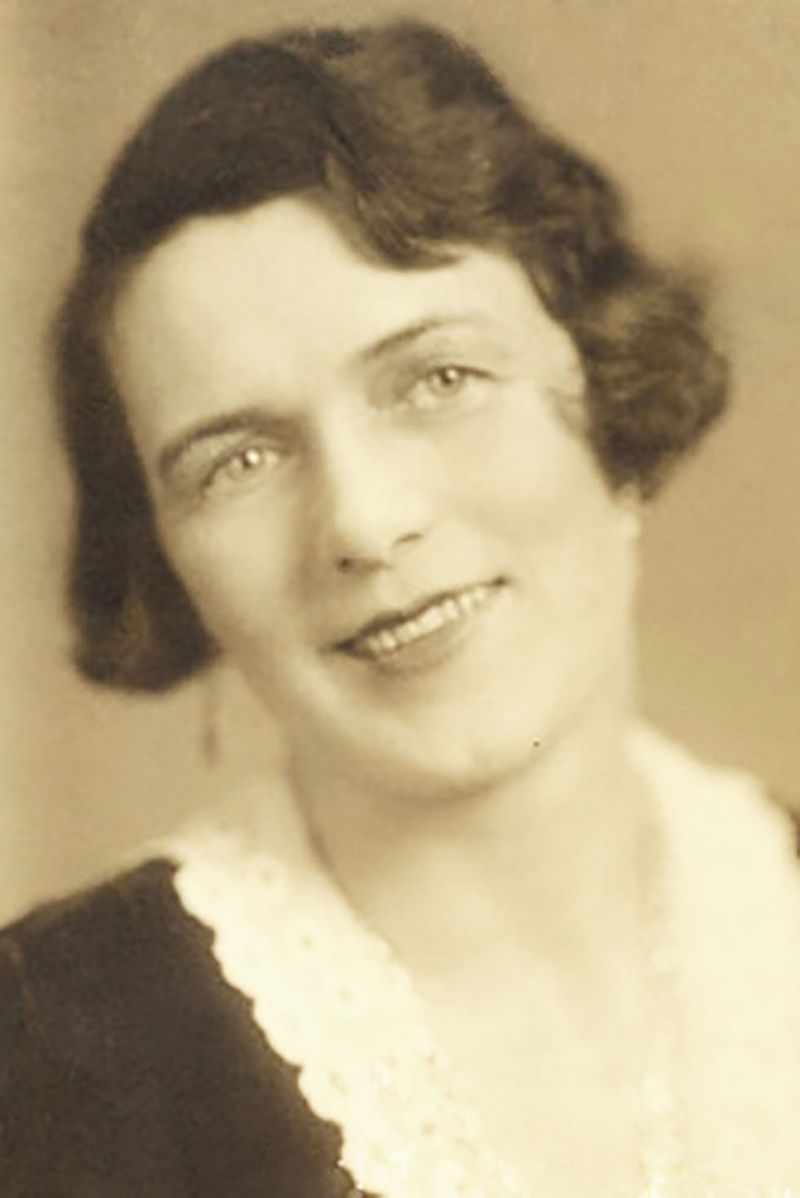
Caresse Crosby: The Modern Bra
Once upon a time, there was a rebellious gal who was tired of wearing corsets. Enter: Caresse Crosby, who developed the modern bra. She was the first to acquire the patent for the modern bra, AKA a "Backless Brassiere," yet is often left in the shadows because she sold her patent to the Warner Brothers Corset Company.
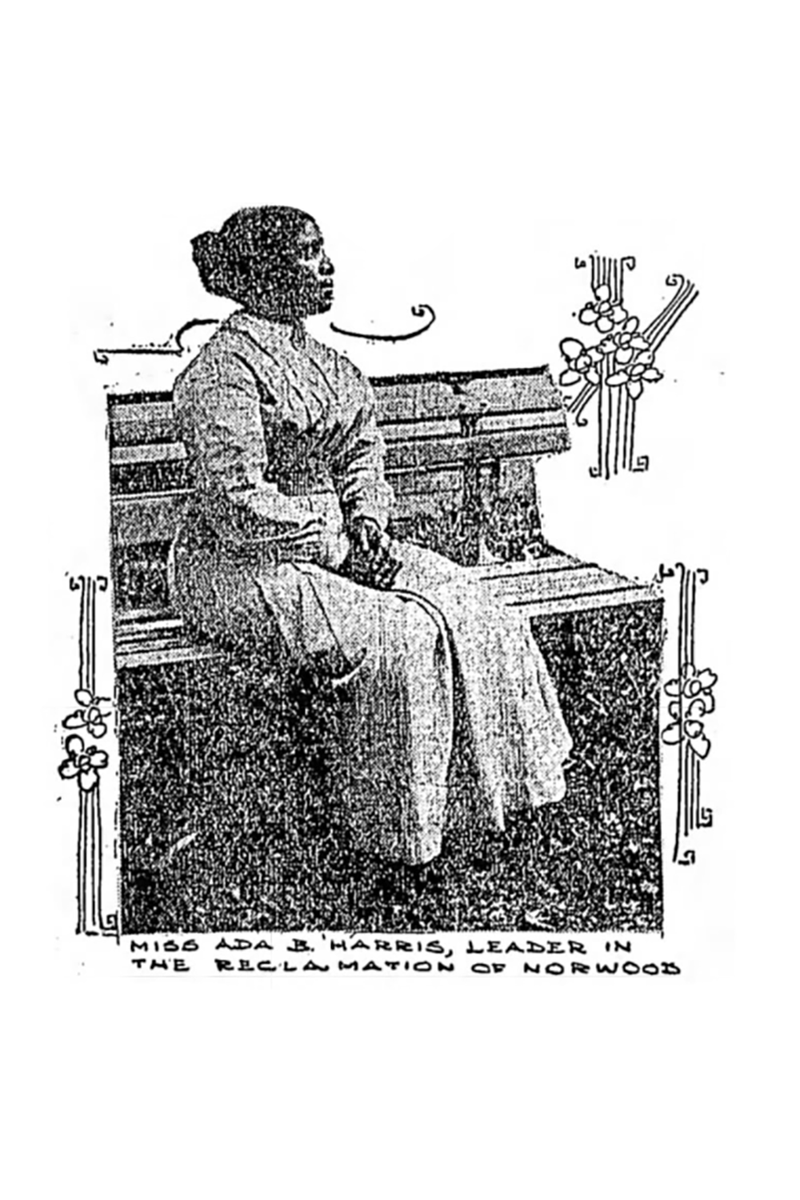
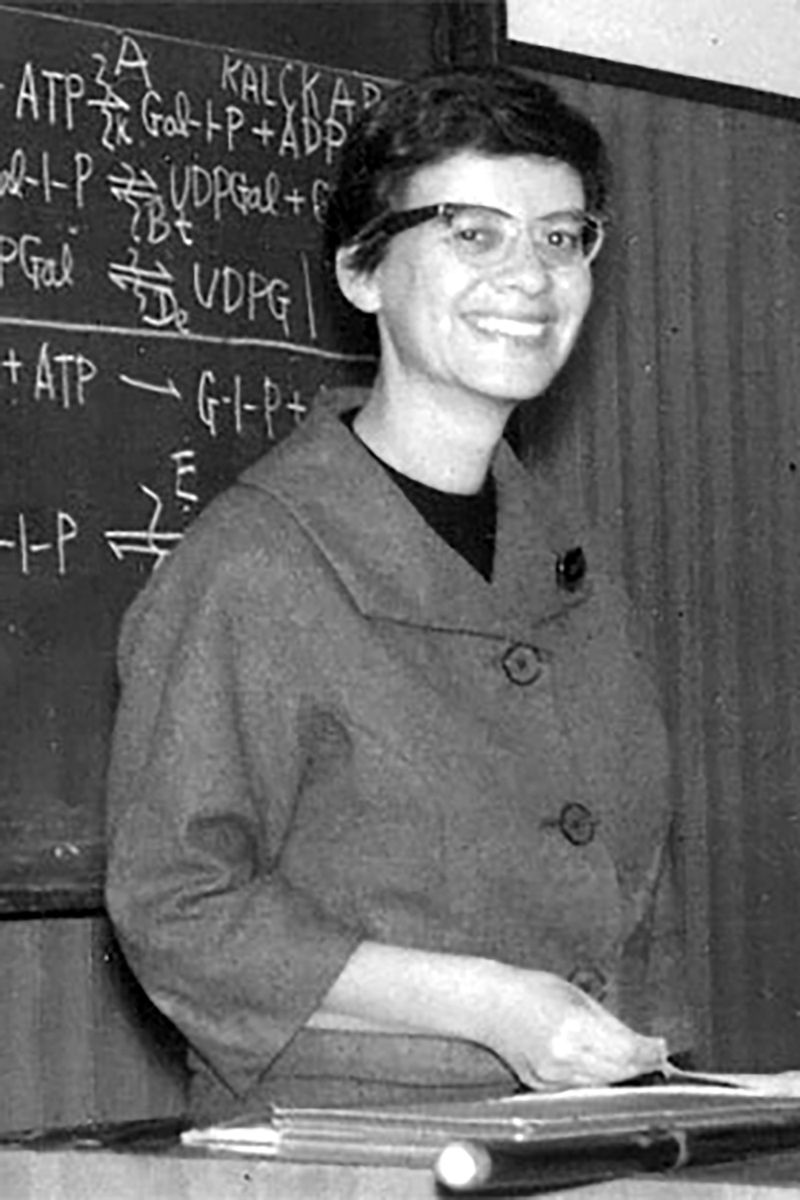
Esther Lederberg: Microbial Genetics
Lederberg played a large part in determining how genes are regulated, along with the process of making RNA from DNA. She often collaborated with her husband Joshua Lederberg on their work on microbial genetics, but it was Esther who discovered lambda phage—a virus that infects E. coli bacteria. Despite their collaboration, her husband claimed the 1958 Nobel Prize for Physiology or Medicine for discoveries on how bacteria mate.
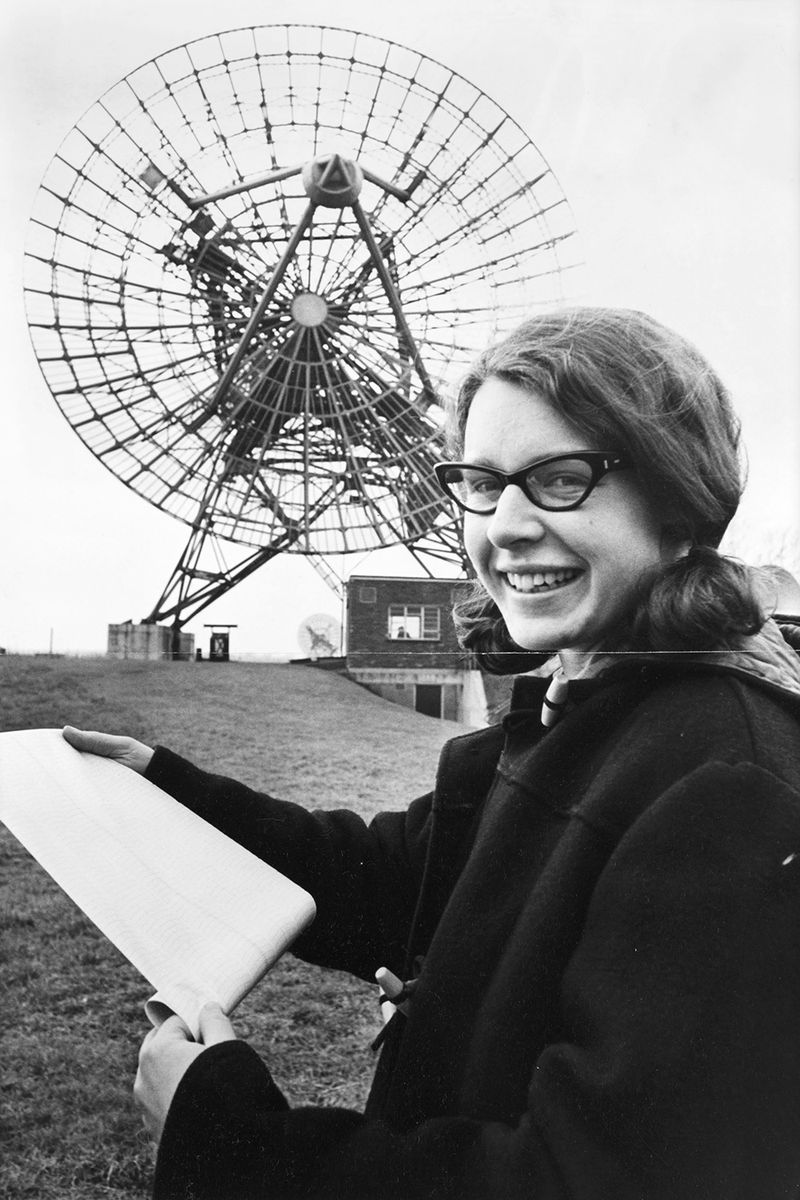
Jocelyn Bell Burnell: Pulsars
Jocelyn Bell Burnell discovered irregular radio pulses while working as a research assistant at Cambridge. After showing the discovery of the pulses to her advisor, the team worked together to uncover what they truly were: Neuron stars, AKA pulsars. Burnell received zero credit for her discovery—instead, her advisor Antony Hewish and Martin Ryle received the Nobel Prize for Physics in 1974.
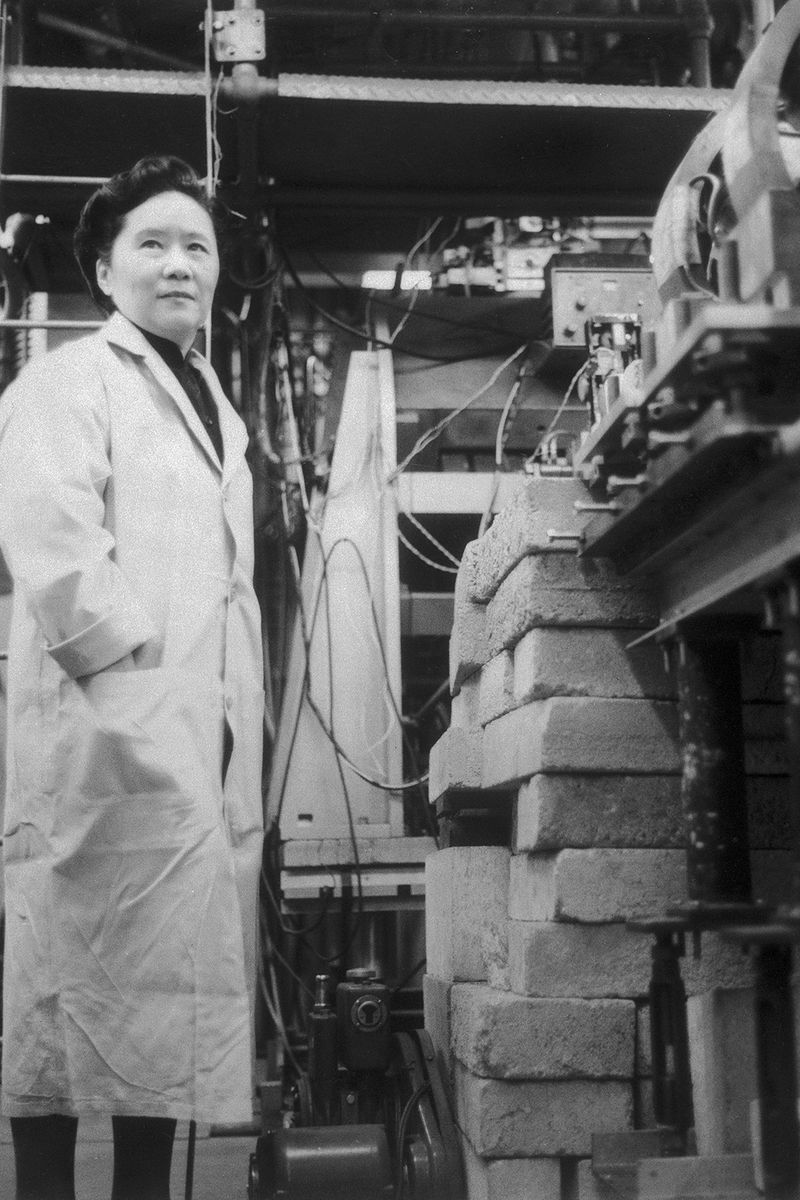
Chien-Shiung Wu: Nuclear Physics
Often compared to Marie Curie, Chien-Shiung Wu worked on the Manhattan Project, where she developed the process for separating uranium metal. In 1956, she conducted the Wu experiment that focused on electromagnetic interactions. After it yielded surprising results, Tsung-Dao Lee and Chen-Ning Yang, the physicists who originated a similar theory in the field, received credit for her work, winning the Nobel Prize for the experiment in 1957.
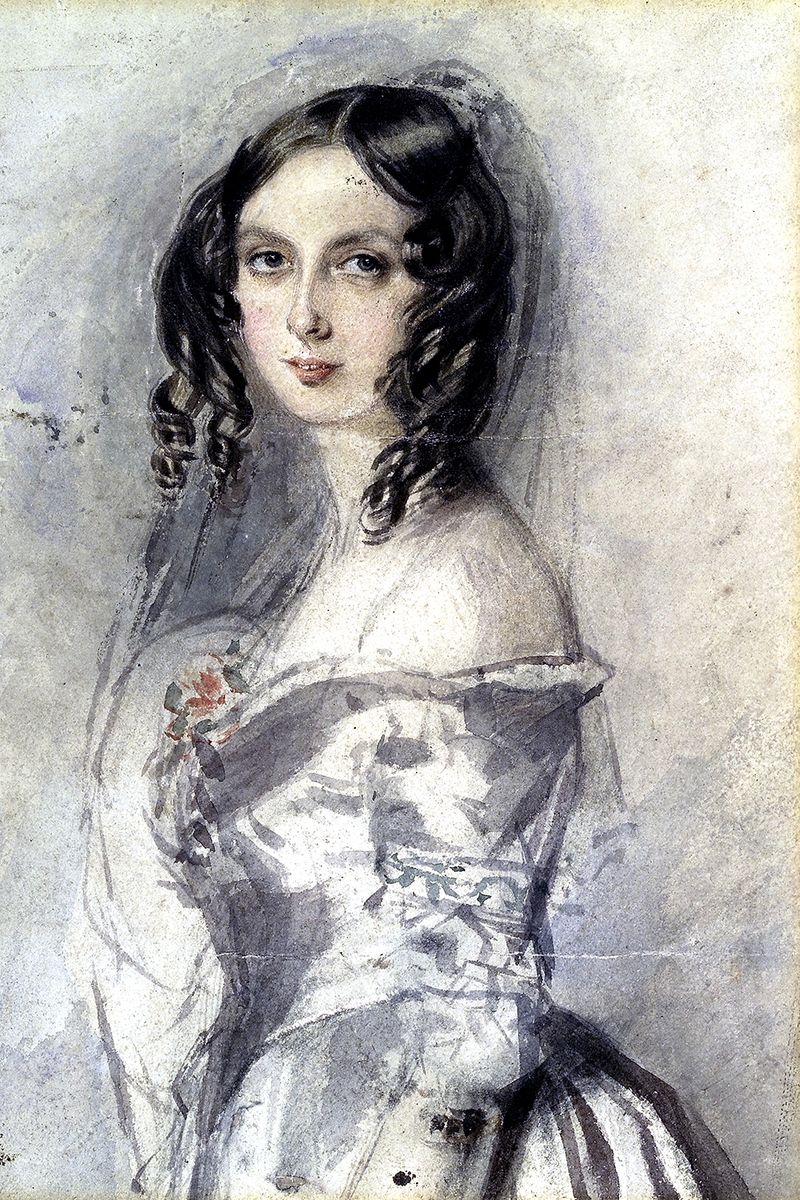
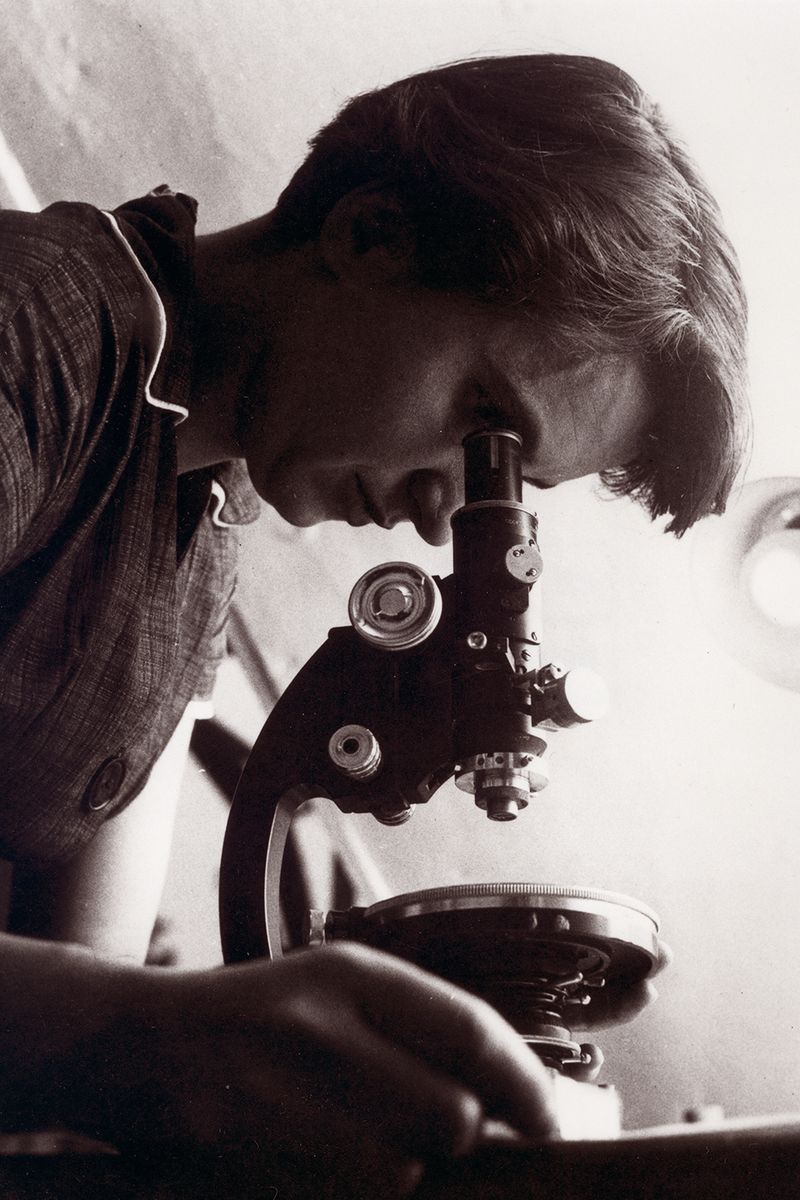
Rosalind Franklin: DNA Double Helix
Franklin's X-ray photographs of DNA revealed the molecule's true structure as a double helix, which was a theory denounced by scientists James Watson and Francis Crick at the time. However, since Watson and Crick originally discovered the (single) helix, they ended up receiving a Nobel Prize for their research.
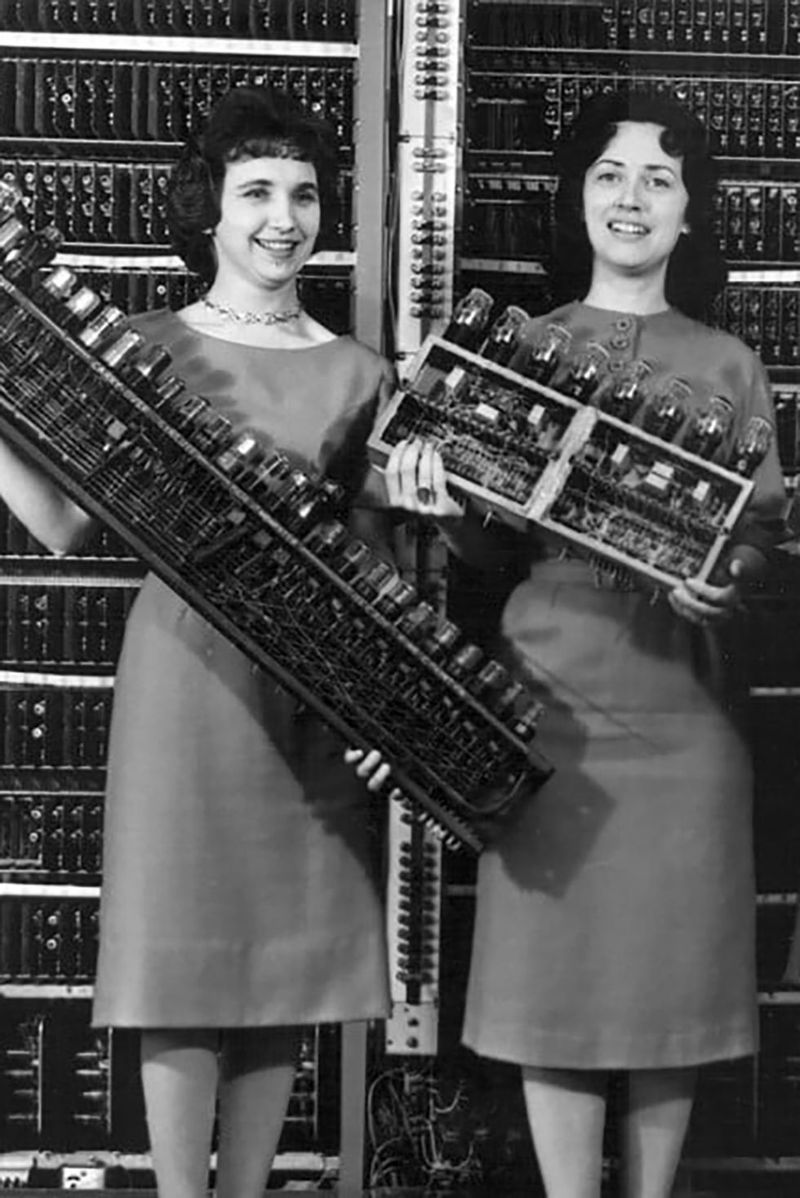
The ENIAC Programmers: First Electronic Computer
The ENIAC (Electronic Numerical Integrator and Computer) was the first computer ever built. In 1946, six women programmed this electronic computer as part of a secret World War II project. Inventor John Mauchly is often the only one who gets credit for its creation, but the programmers are the ones who fully developed the machine.
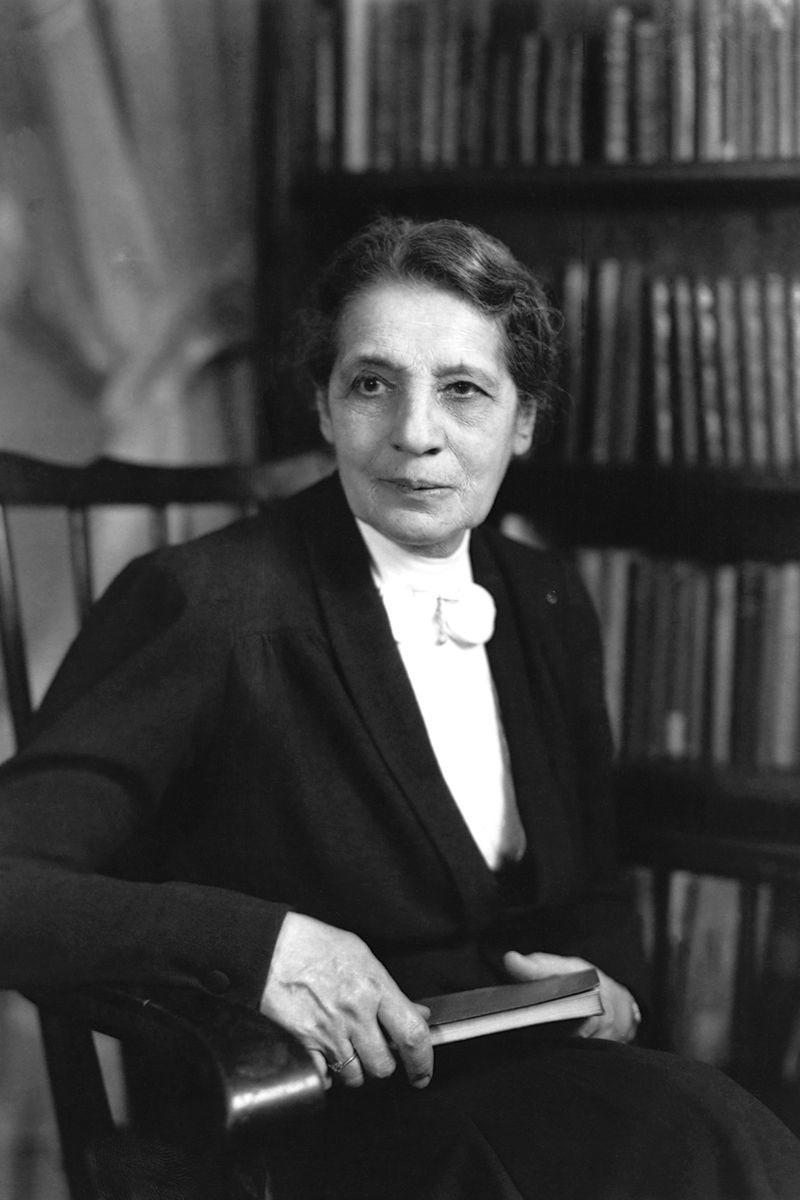
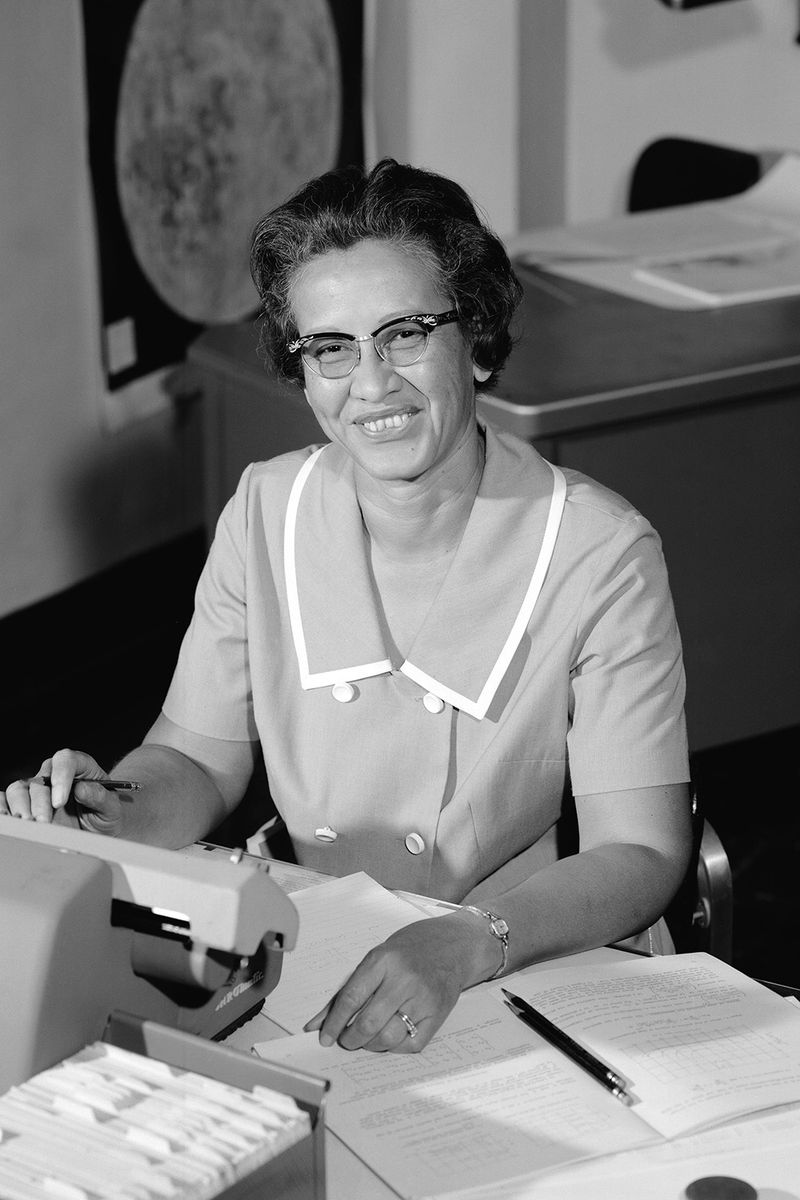
Katherine Johnson: Moon Landing Path
You may recognize Johnson's name from the 2017 box-office hit Hidden Figures. Before her recognition in the film adaptation, Johnson was nicknamed a "computer" for her intelligence. She discovered the exact path for the Freedom 7 spacecraft to successfully enter space for the first time in 1961 and later for the Apollo 11 mission to land on the moon in 1969. She often went unrecognized by her male colleagues and faced racial discrimination.

Mary Anderson: Windshield Wipers
Anderson first came up with the idea of windshield wipers while riding in a streetcar in the snow. She tried selling her device to companies after receiving the patent for it in 1903, but all of them rejected her invention. It wasn't until the '50s and '60s when faster automobiles were invented that companies took to the idea. By then, Anderson's patent had expired, and later, inventor Robert Kearns was credited with the idea.
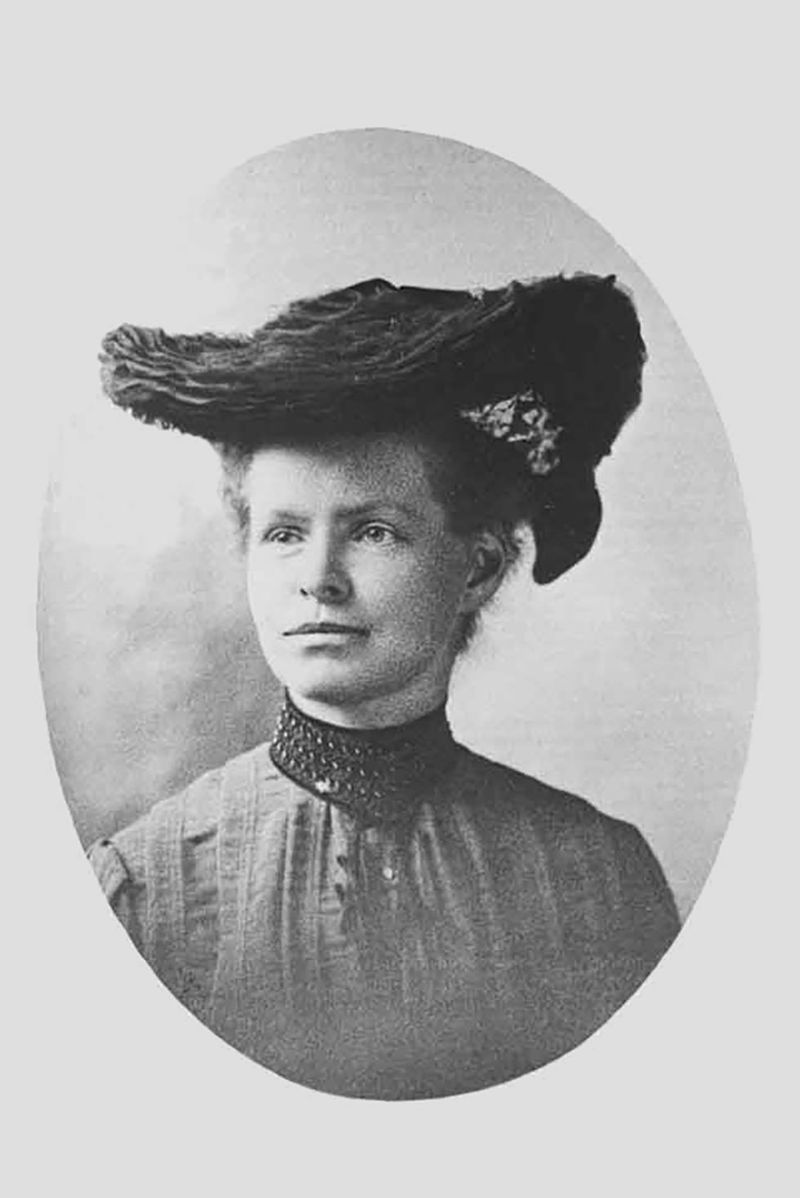
Get exclusive access to fashion and beauty trends, hot-off-the-press celebrity news, and more.
Krystyna was the former Social Media Editor of Marie Claire where she oversaw all things social media and connected with MarieClaire.com readers. She came to Marie Claire from Racked.com, where she was the Community Manager. Before that, Krystyna was at Latina Mag and Cosmo for Latinas. She graduated with a Marketing major from Fordham University.
